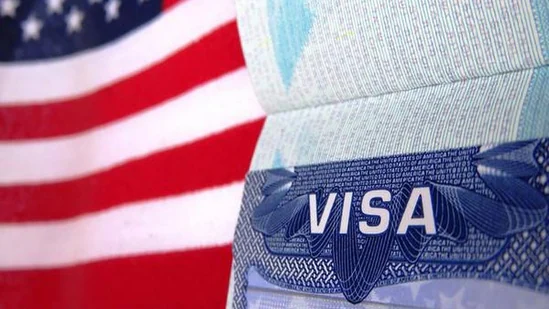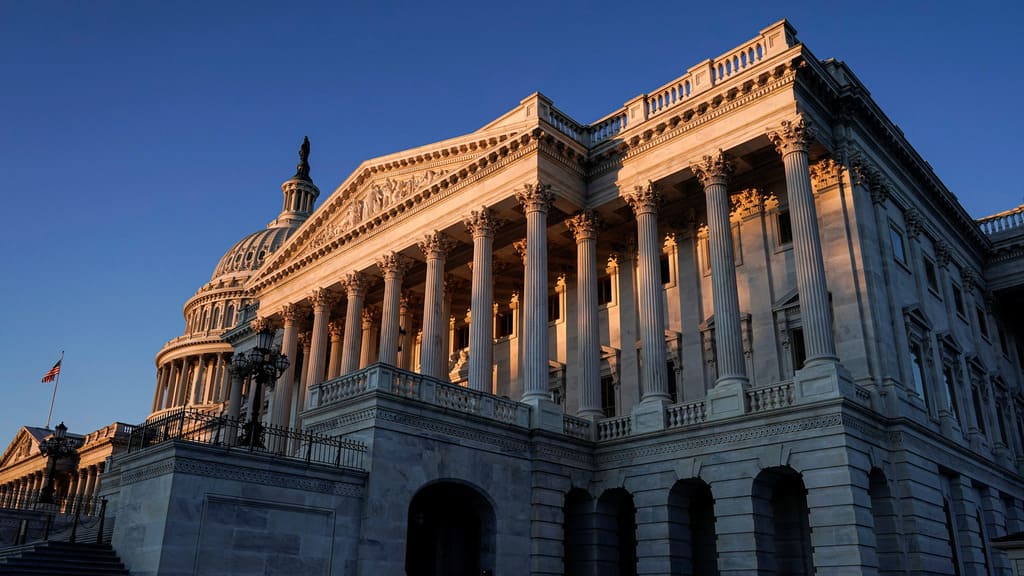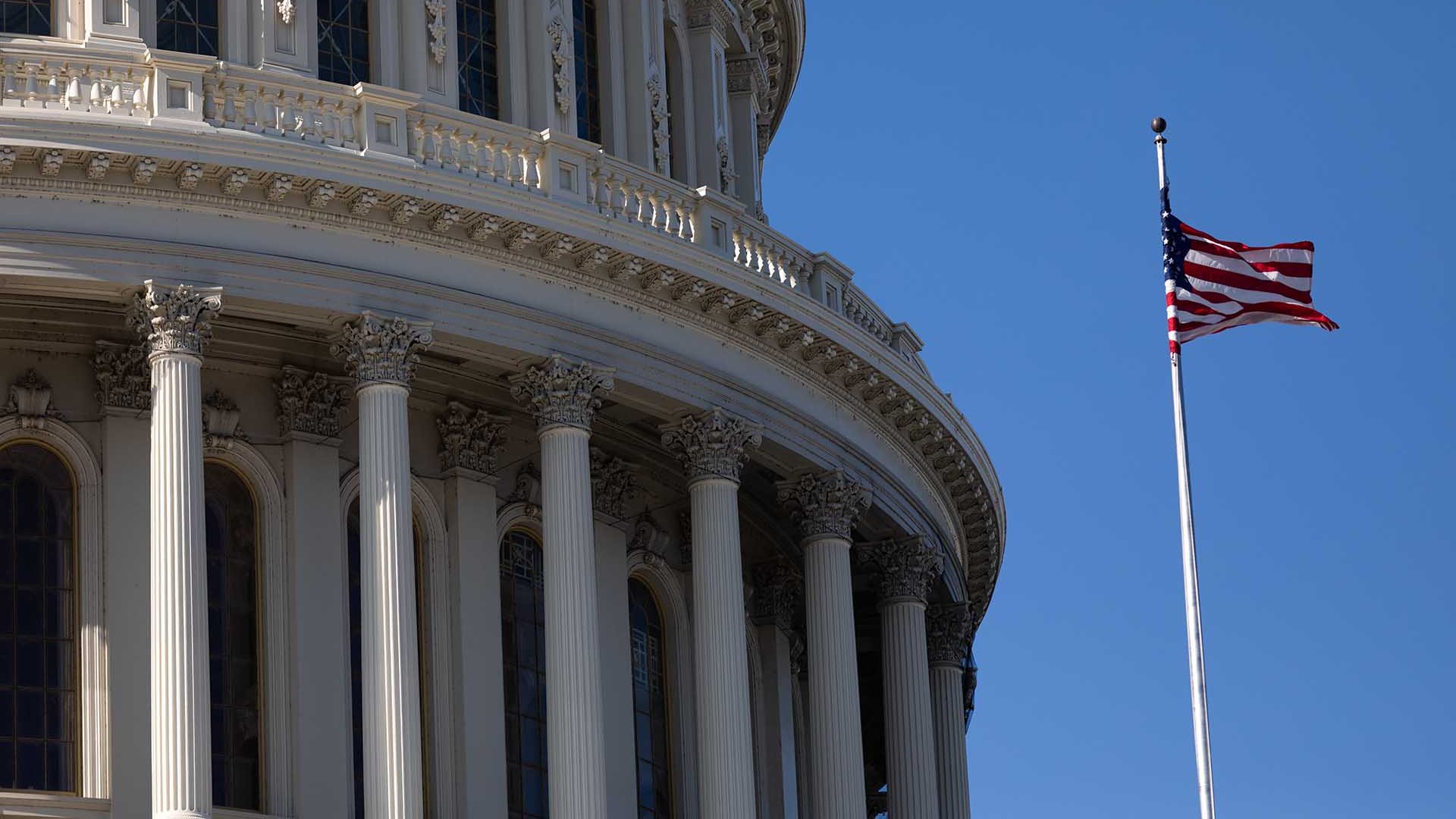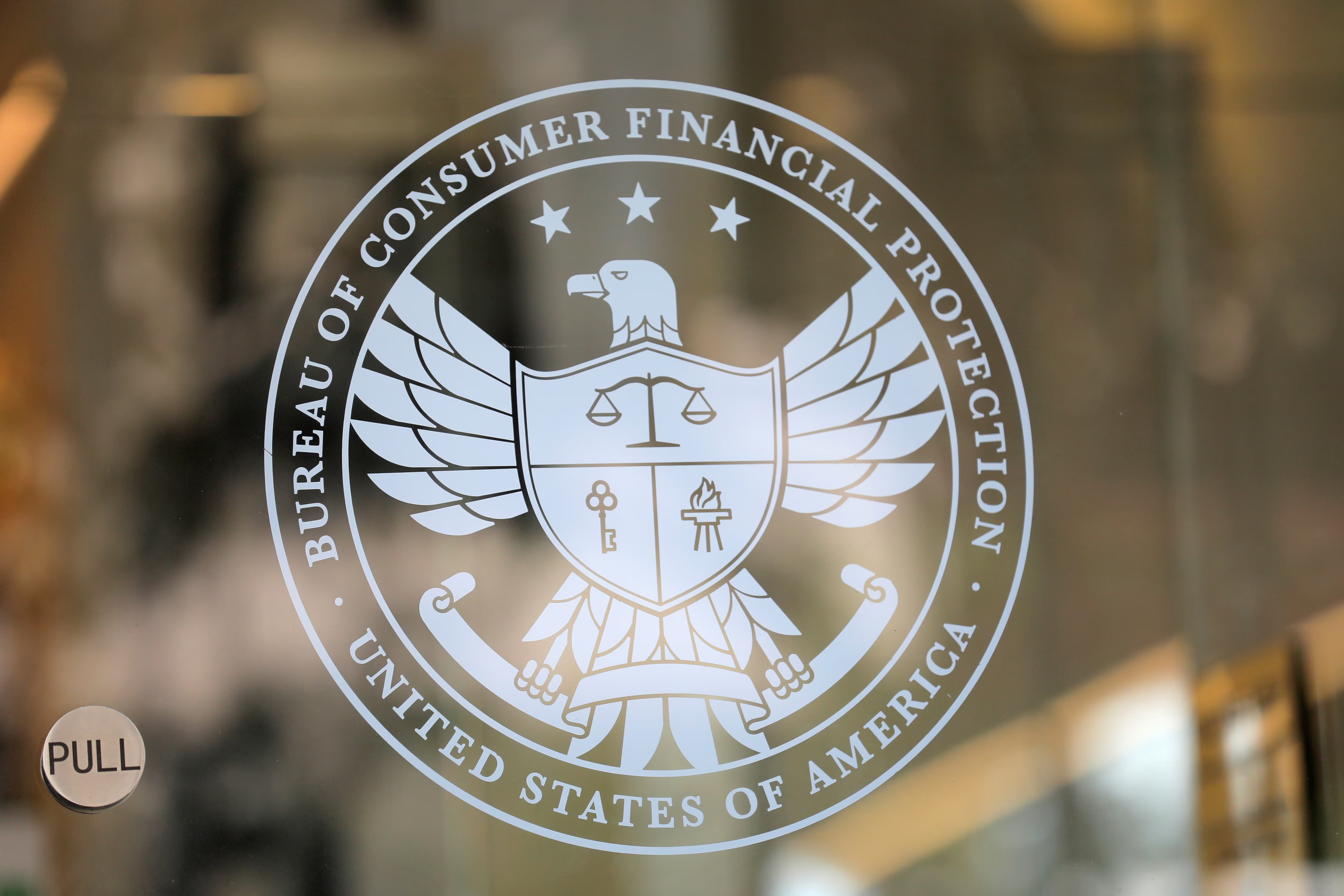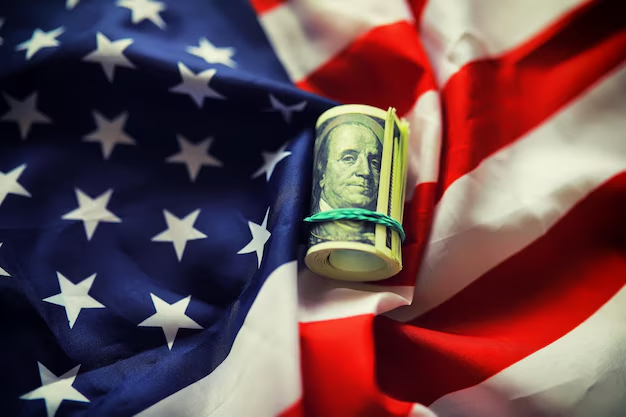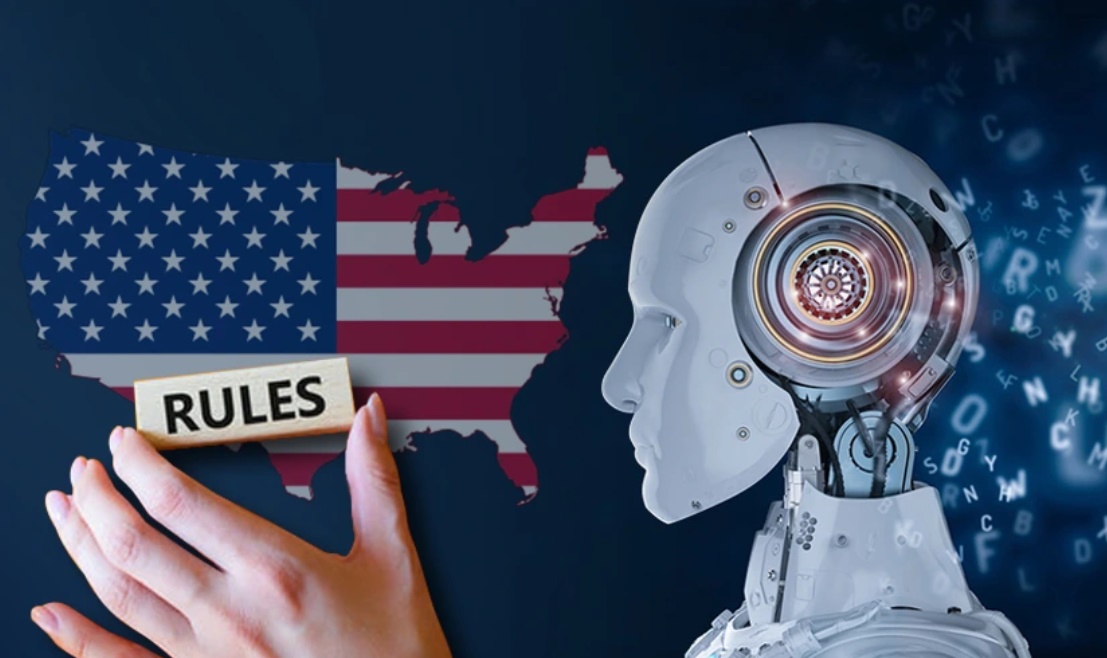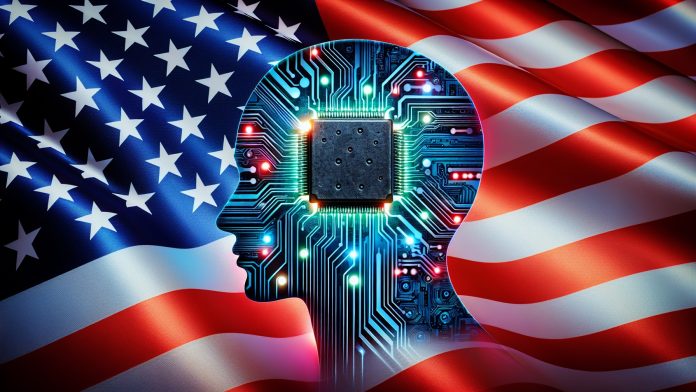🏦🇺🇸 Bank Loans in the USA: What You Need to Know Before Borrowing in 2025
BynambiPublished 87 days ago
🏛️ Section 1: The Core Types of Bank Loans in 2025
1. Home Loans (Mortgages)
Typical Rate: 6.25%–7.10% (fixed), 5.85% for adjustable
Loan Terms: 15 to 30 years
Down Payment: 5%–20%
New FHA programs are making it easier for first-time homebuyers to enter the market, especially in affordable housing zones.
2. Auto Loans
Terms: 36–84 months
Rates: 5.5%–10% depending on credit
EV Loans: Extra 1% discount offered by green-focused banks
Electric and hybrid vehicles are now eligible for extended loan durations of up to 96 months at subsidized rates.
3. Personal Loans
Unsecured, ranging from $1,000–$50,000
Rates: 7%–20%
Used for: Medical bills, travel, home improvements, debt consolidation
Many banks are integrating AI to offer pre-approval decisions within minutes, even for unsecured lending.
4. Student Loans
Federal interest: Fixed at 5.5% (2025–2026 cycle)
Private loans: Range from 6.5%–12% APR
Income-driven repayment plans remain available for federal loans, and many banks now offer private education loan refinancing.
5. Small Business Loans
SBA 7(a) loans and microloans remain popular.
Amounts: Up to $5 million
Terms: 10–25 years
Rates: ~6.75%–9% depending on type and credit history
Digital banks like Bluevine and Fundera are offering faster SBA-backed loans with lower documentation requirements.
📉 Section 2: How Borrowing Behavior Has Changed
In 2025, Americans are borrowing less frequently but more strategically:
Many Gen Z borrowers avoid long-term loans, preferring flexible or buy-now-pay-later (BNPL) financing.
Debt consolidation loans are in high demand due to rising credit card interest (now averaging ~22% APR).
Gig workers and freelancers are applying for income-based loans with bank partners that support non-traditional employment.
🔍 Section 3: What Lenders Look For Today
To improve approval chances in 2025, banks are focused on:
✅ Credit score (700+ for prime rates)
✅ Debt-to-Income Ratio (preferably under 36%)
✅ Verified income with tax returns or real-time payroll API access
✅ Stable banking behavior (no recent overdrafts or late fees)
Tip: Tools like Plaid and Experian Boost are helping consumers improve their credit profiles automatically.
📲 Section 4: The Rise of Digital Lending
More than 72% of bank loans in 2025 are initiated or completed online.
Key Features:
AI-powered approvals within 5–15 minutes
eSignature & remote KYC
Instant disbursal via direct deposit
Neobanks (like SoFi, Chime, and Ally) now compete aggressively with traditional banks by offering cashback on loan payments or free financial coaching.
⚠️ Section 5: Common Pitfalls to Avoid
Even with automation, many borrowers fall into traps:
Variable rate confusion: Rates that adjust every 6 months may look low today but rise later.
Hidden origination fees: Some banks charge 1%–5% just to process the loan.
Over-borrowing: Many borrowers take the maximum amount offered, not the minimum needed.
Pro Tip: Use online comparison platforms like NerdWallet, Bankrate, and Credit Karma to shop for the best deal.
📈 Section 6: 2025 Lending Trends to Watch
Credit Inclusion: More banks are lending to immigrants, gig workers, and low-credit-score applicants with alternative credit data.
Embedded Finance: Banks are integrating loans directly into e-commerce apps (buy furniture, get loan instantly).
Federal Regulations: A national Personal Data Protection Act (PDPA) is under review, which may restrict how banks use consumer data for loan profiling.
🏁 Conclusion: Borrow Wisely, Plan Ahead
Bank loans can unlock opportunities—but only when used responsibly. In the dynamic 2025 lending environment, borrowers must stay informed, compare their options, and understand the long-term financial impact of their choices.
💡 Whether it’s for a new home, car, education, or business—know before you owe.

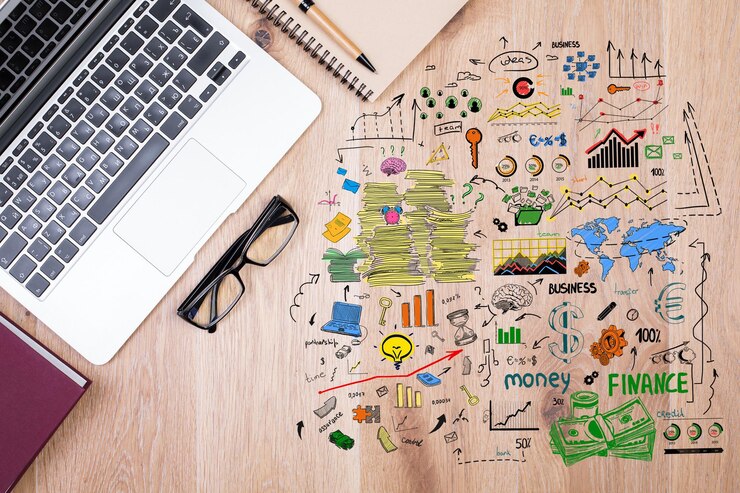


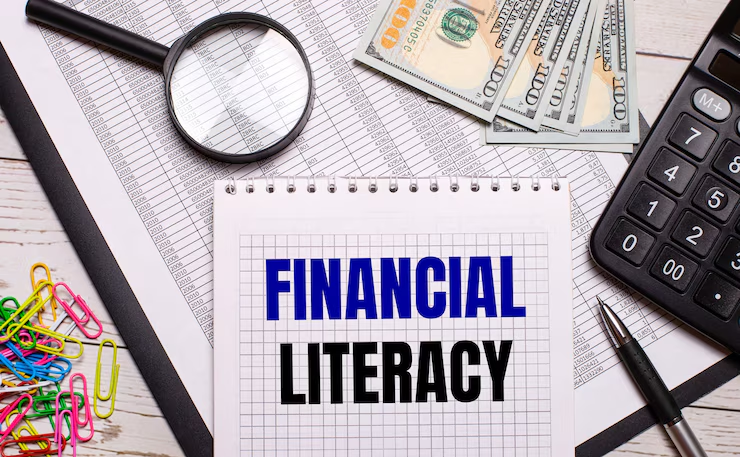
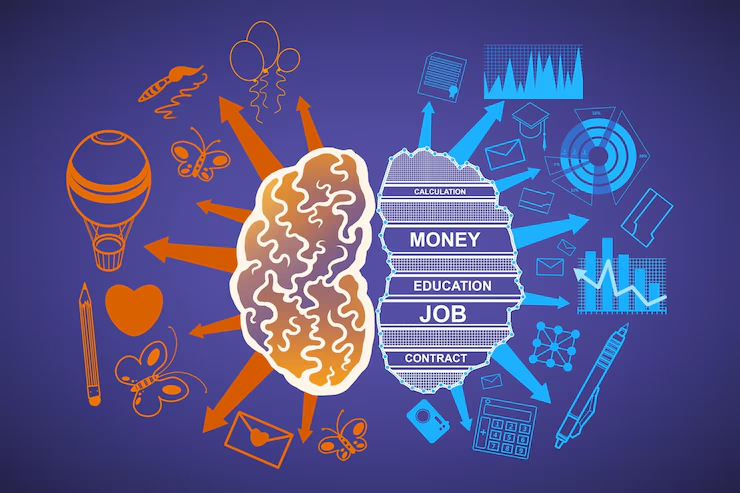

.avif)
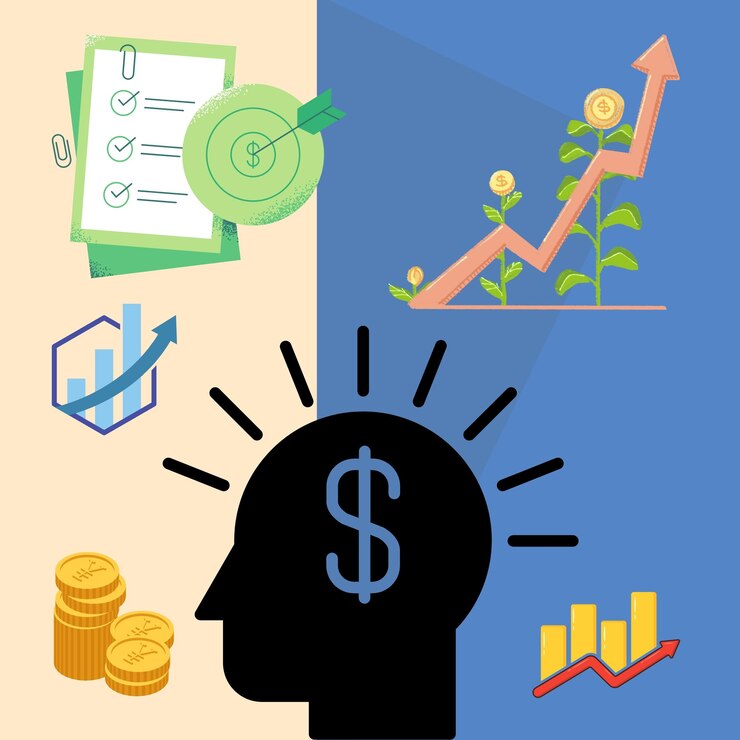
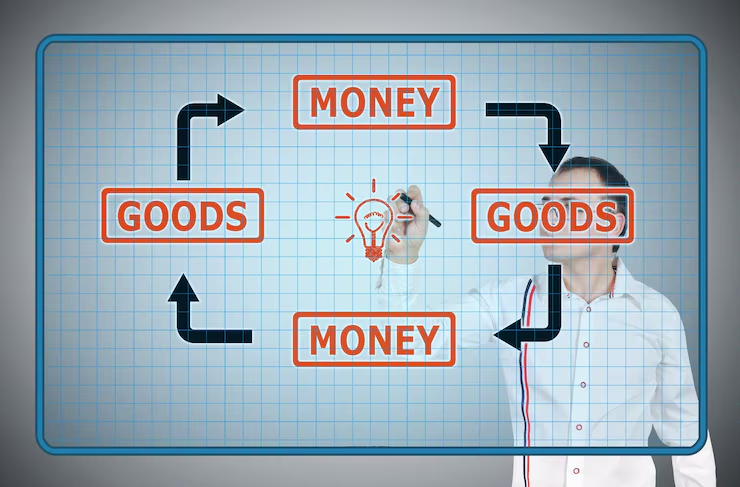



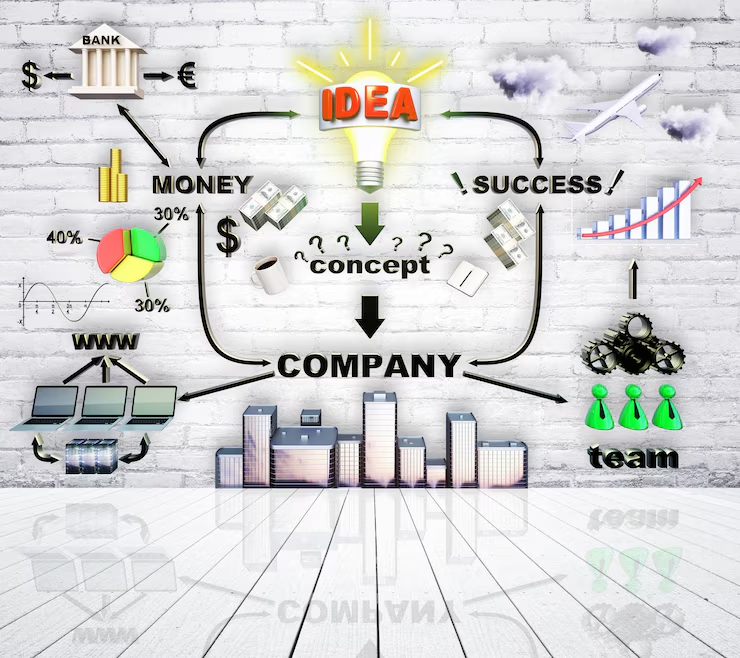

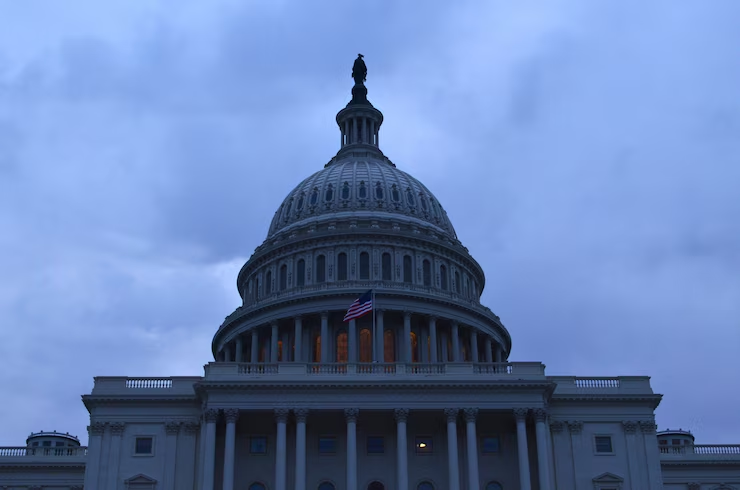
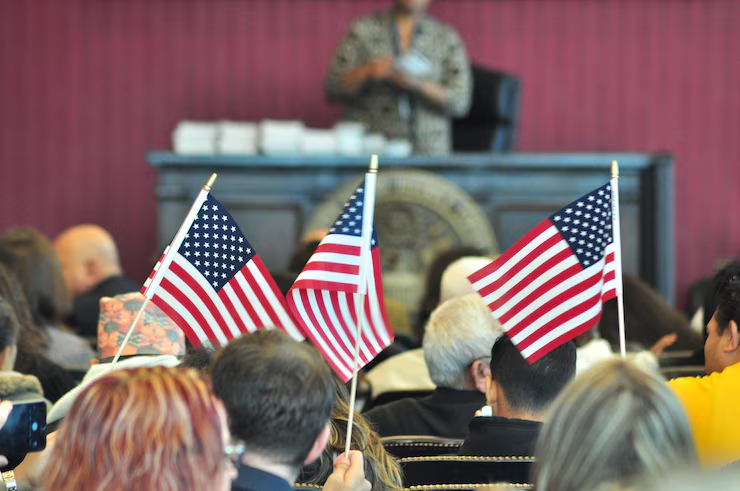





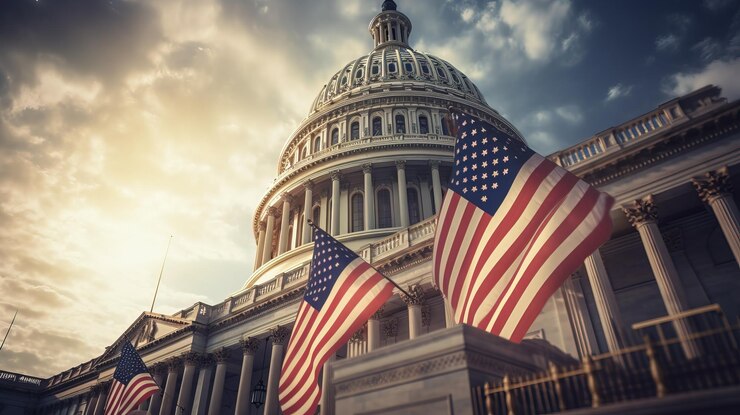

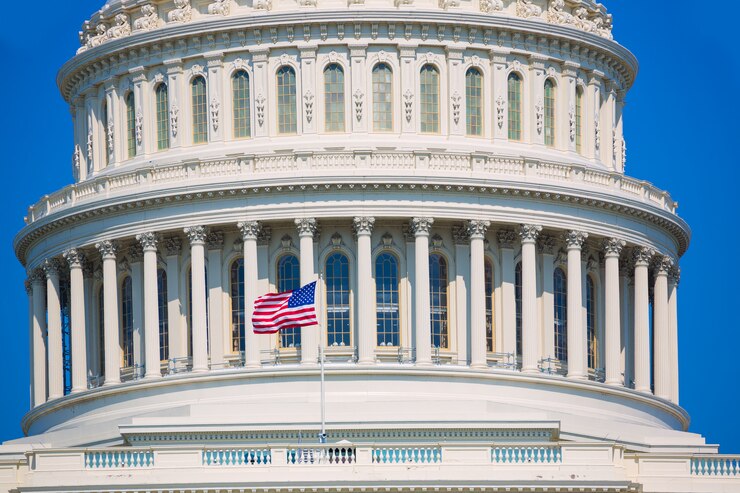

.jpg)
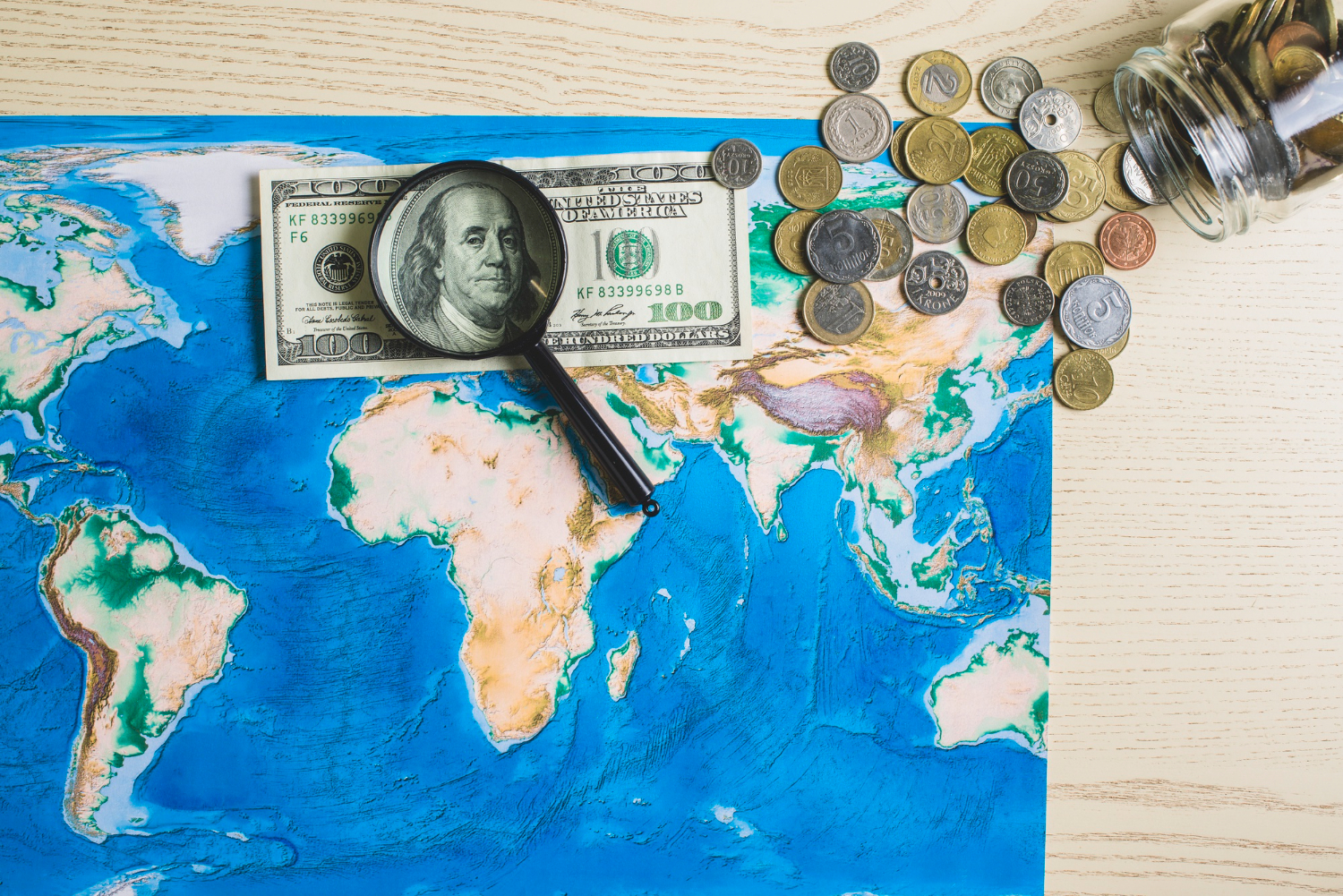

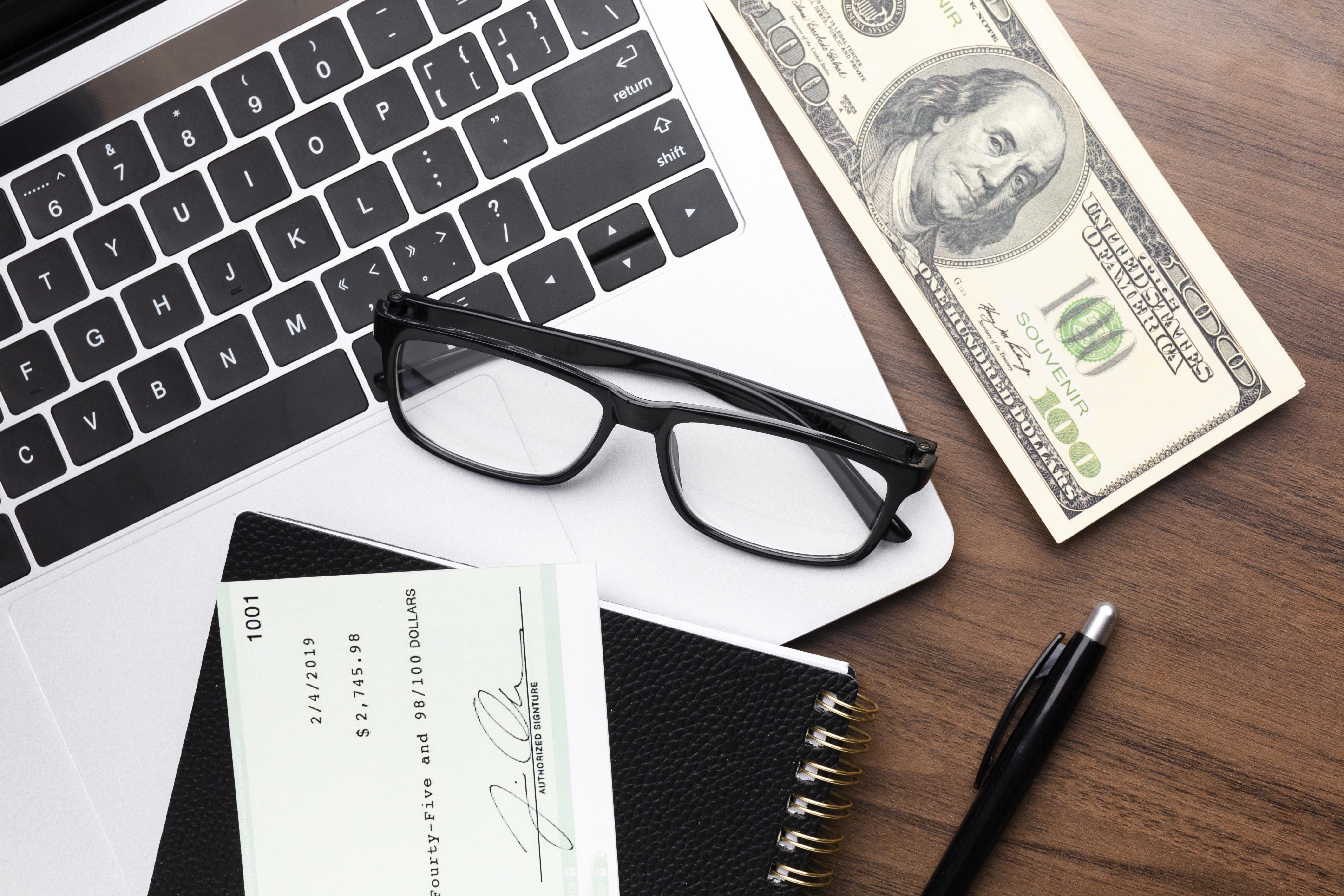


.png)
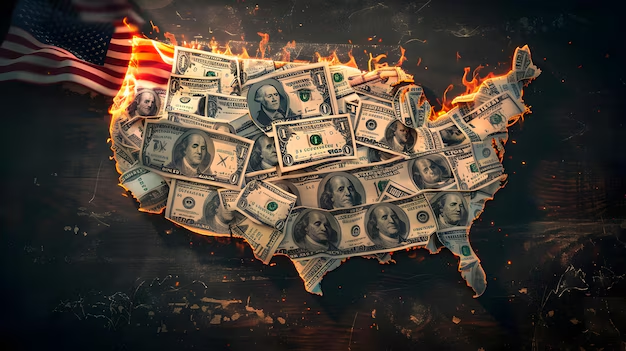

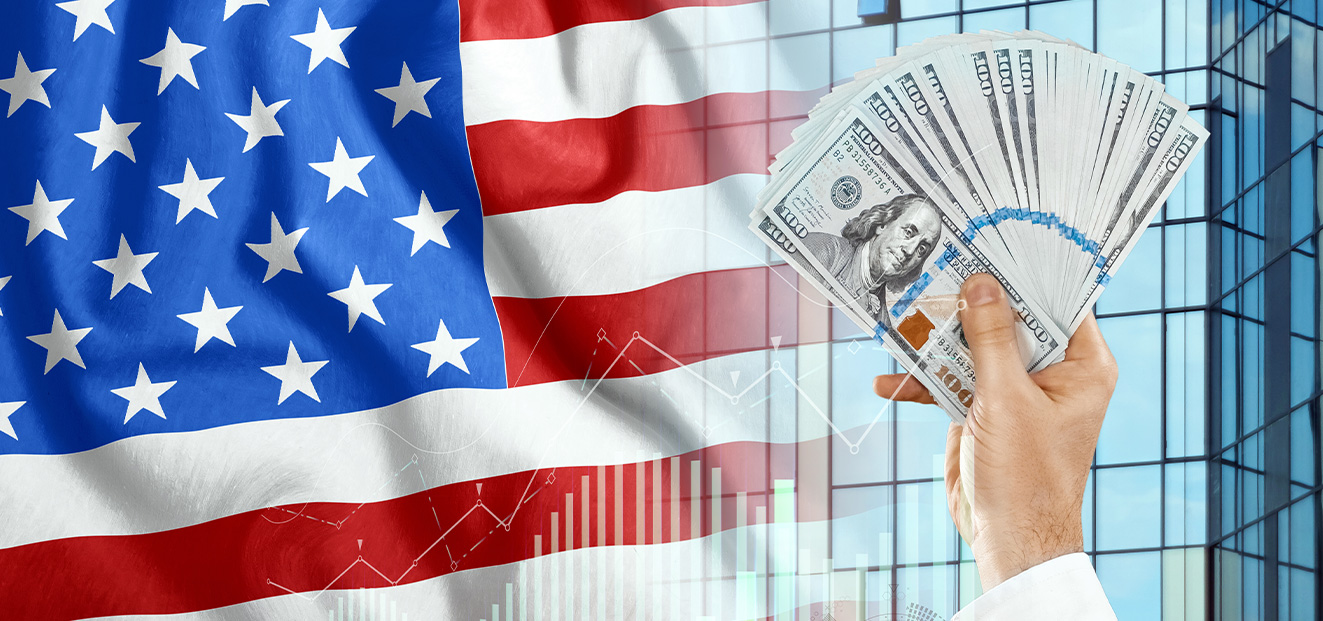

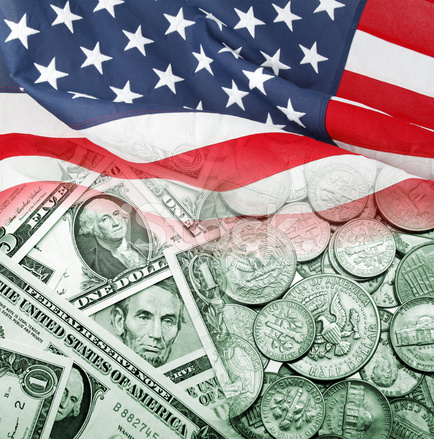


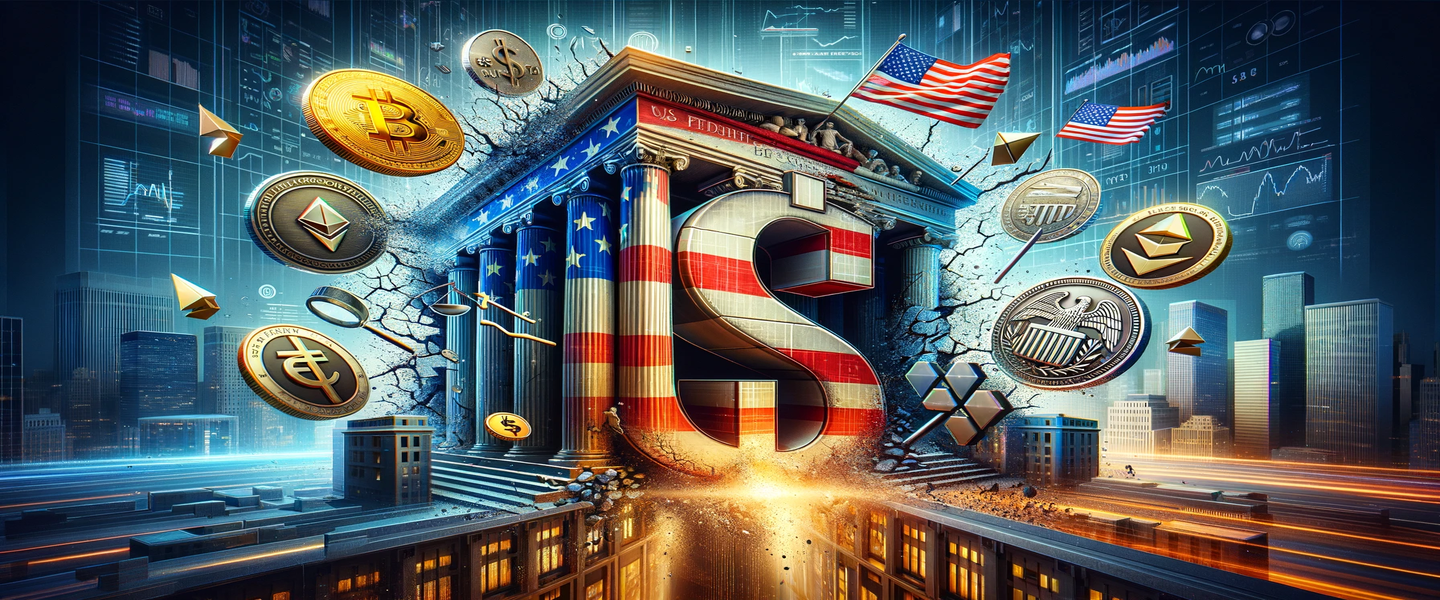
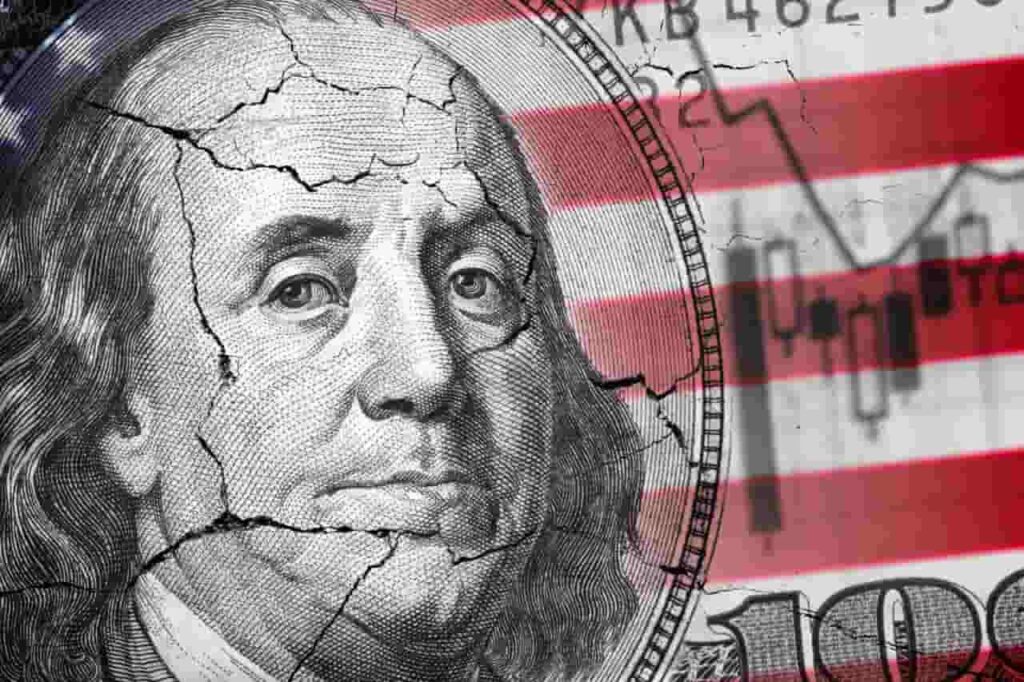
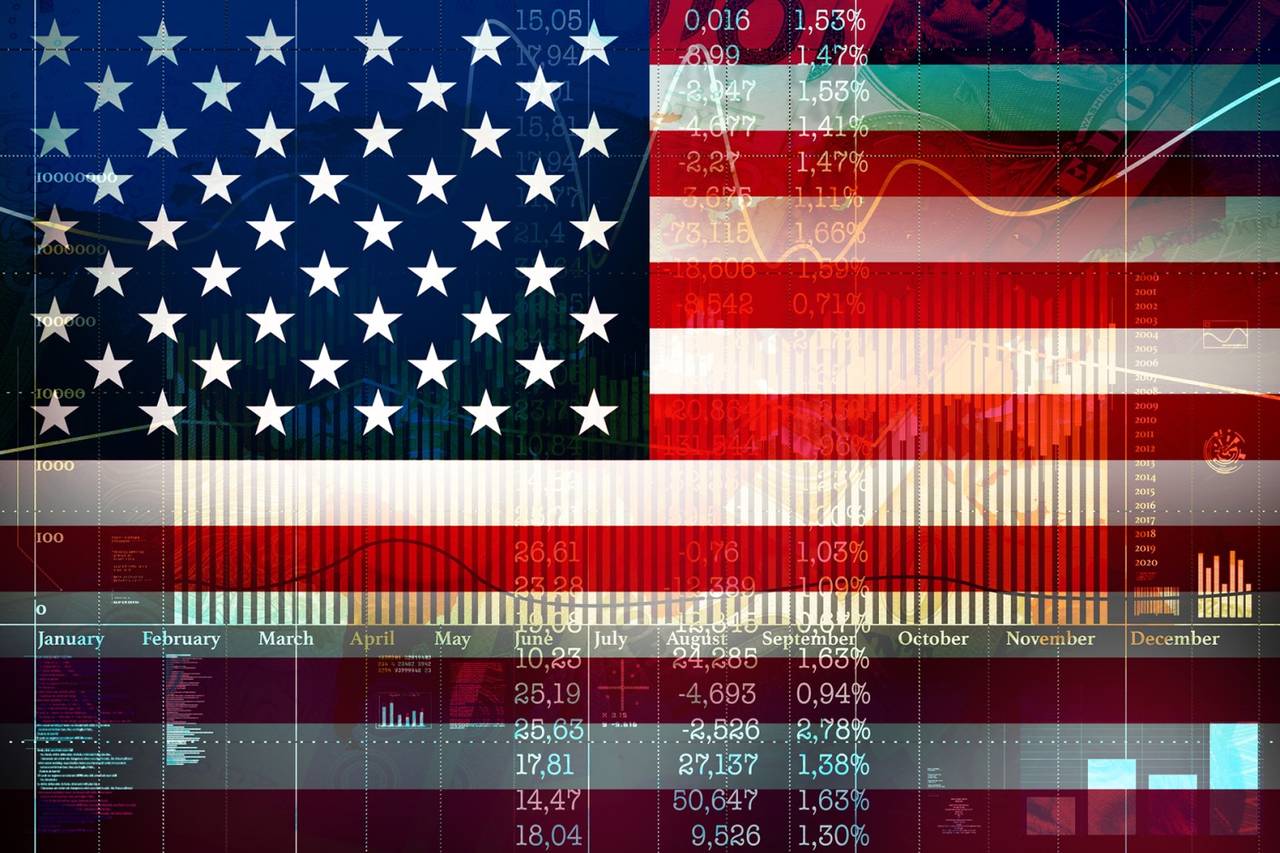
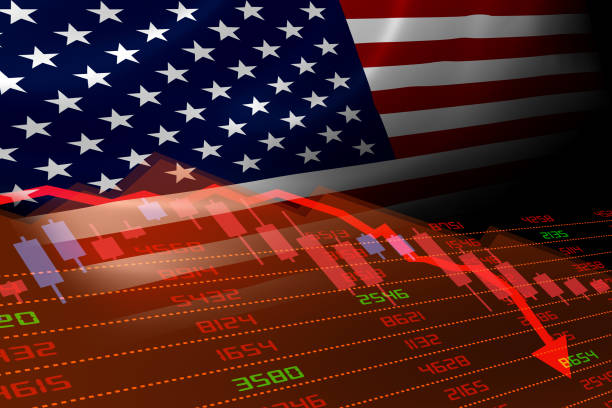
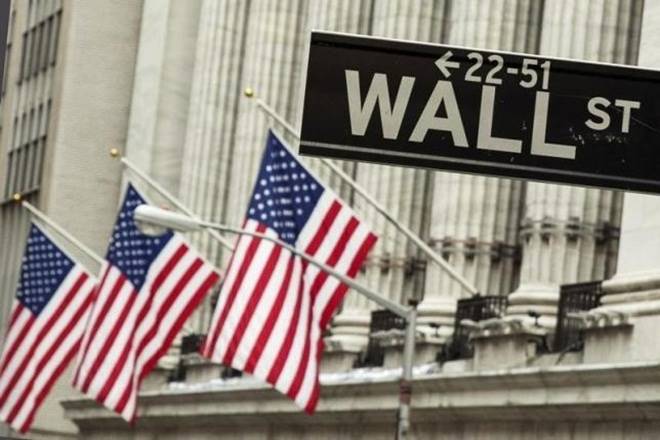
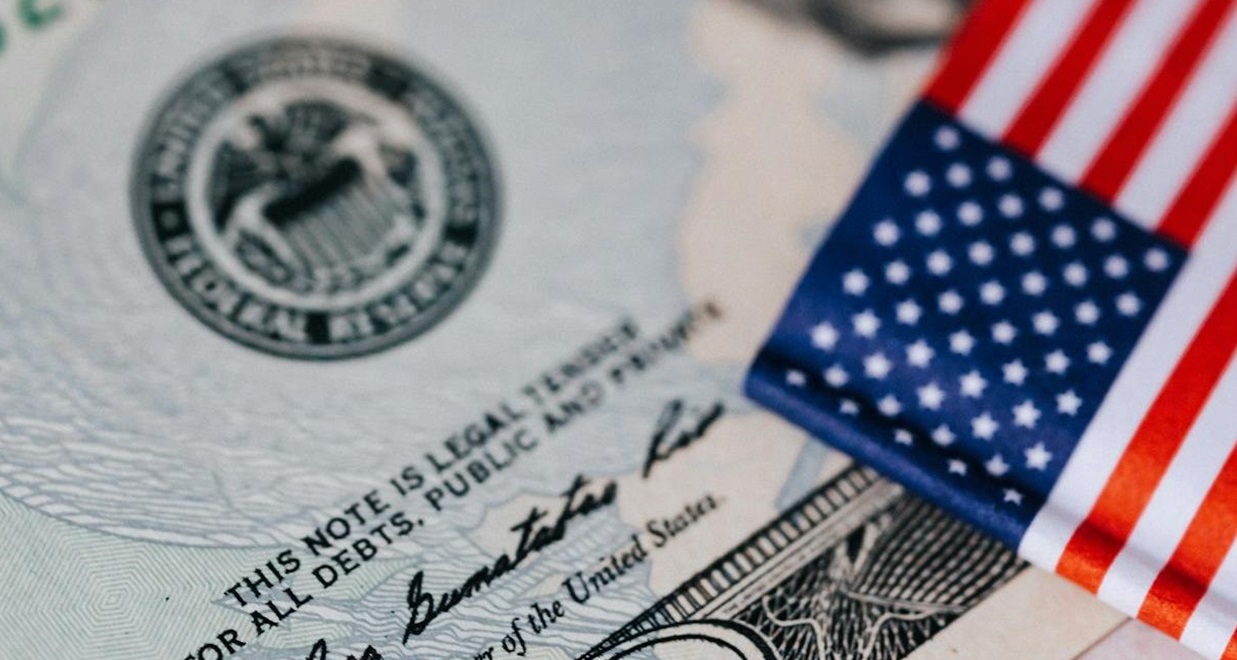
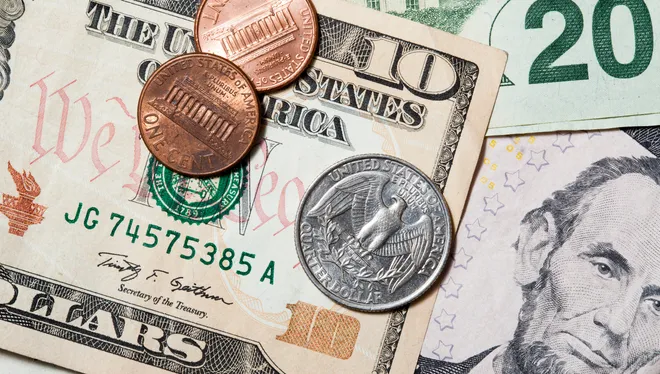
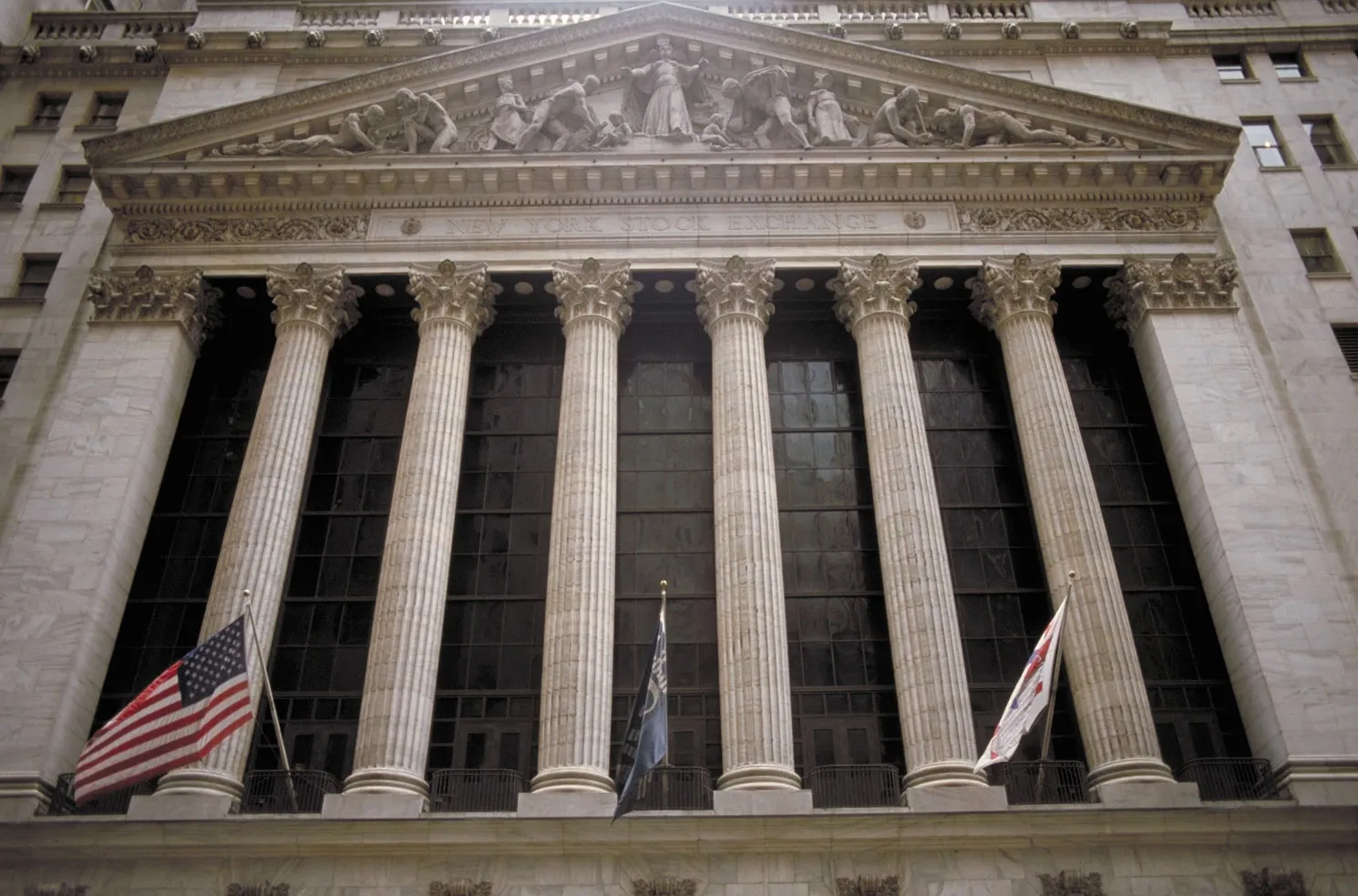
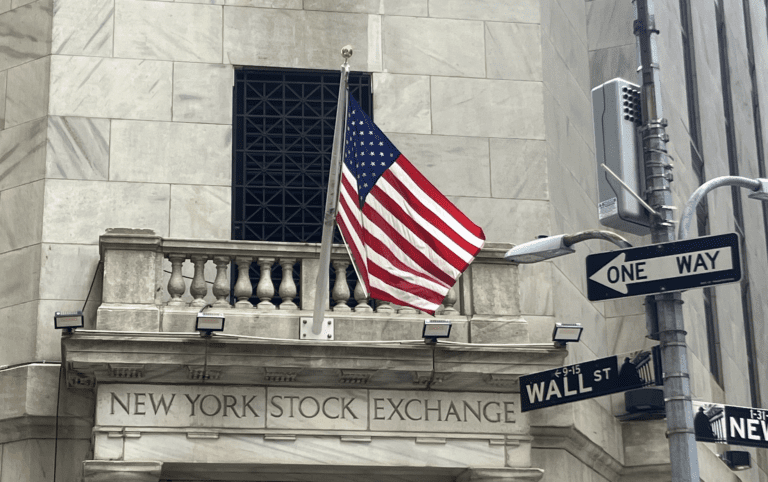

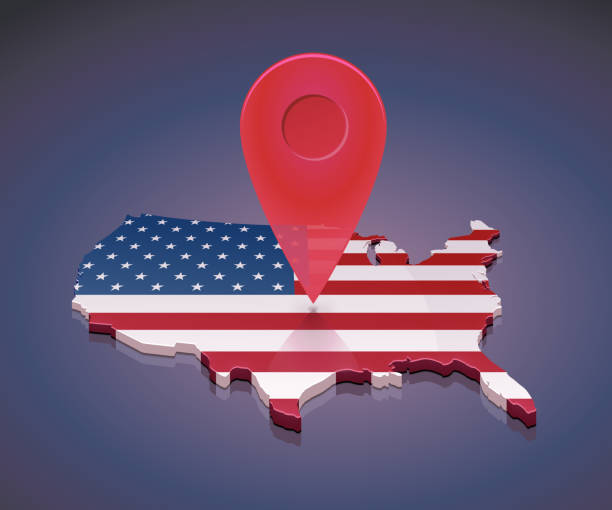
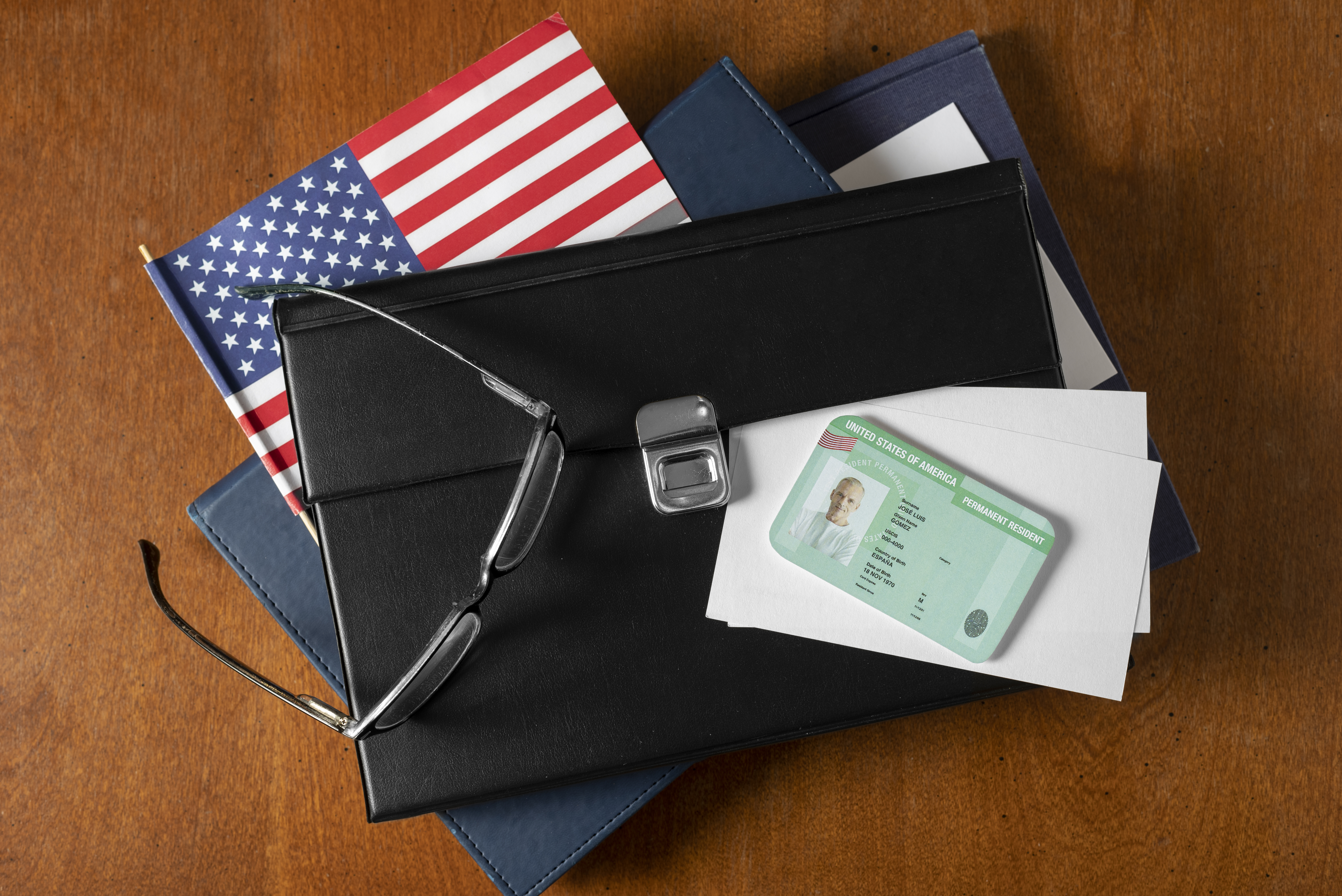
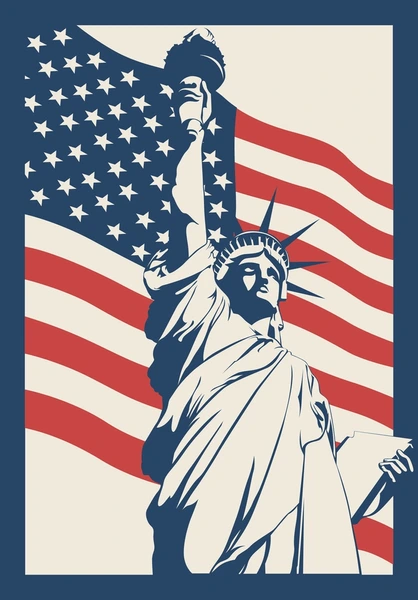
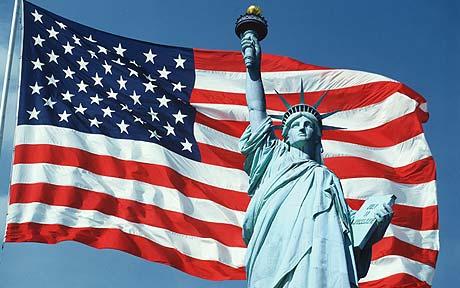

.jpg)
